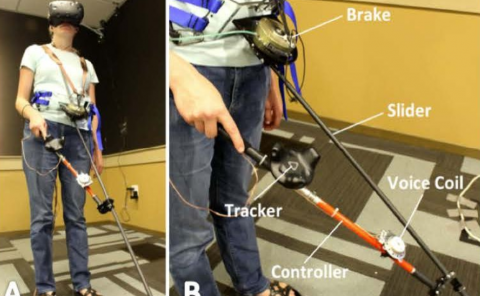Improving Virtual Reality Streaming using HTTP/2
PubDate: June 2017
Teams: Ghent University;Adobe Research;University of Illinois at Urbana-Champaign
Writers: Stefano Petrangeli;Viswanathan Swaminathan;Mohammad Hosseini;Filip De Turck
PDF: Improving Virtual Reality Streaming using HTTP/2

Abstract
The demand for 360° Virtual Reality (VR) videos is expected to grow in the near future, thanks to the diffusion of VR headsets. VR Streaming is however challenged by the high bandwidth requirements of 360° videos. To save bandwidth, we spatially tile the video using the H.265 standard and stream only tiles in view at the highest quality. The video is also temporally segmented, so that each temporal segment is composed of several spatial tiles. In order to minimize quality transitions when the user moves, an algorithm is developed to predict where the user is likely going to watch in the near future. Consequently, predicted tiles are also streamed at the highest quality. Finally, the server push in HTTP/2 is used to deliver the tiled video. Only one request is sent from the client; all the tiles of a segment are automatically pushed from the server. This approach results in a better bandwidth utilization and video quality compared to traditional streaming over HTTP/1.1, where each tile has to be requested independently by the client. We showcase the benefits of our framework using a prototype developed on a Samsung Galaxy S7 and a Gear VR, which supports both tiled and non-tiled videos and streaming over HTTP/1.1 and HTTP/2. Under limited bandwidth conditions, we demonstrate how our framework can improve the quality watched by the user compared to a non-tiled solution where all of the video is streamed at the same quality. This result represents a major improvement for the efficient streaming of VR videos.


